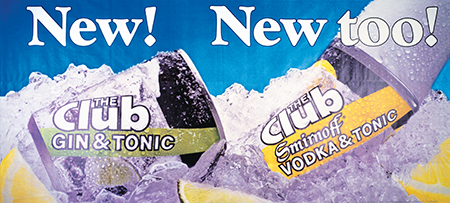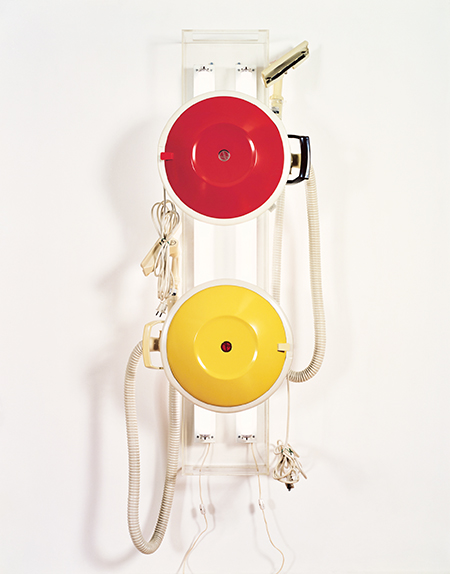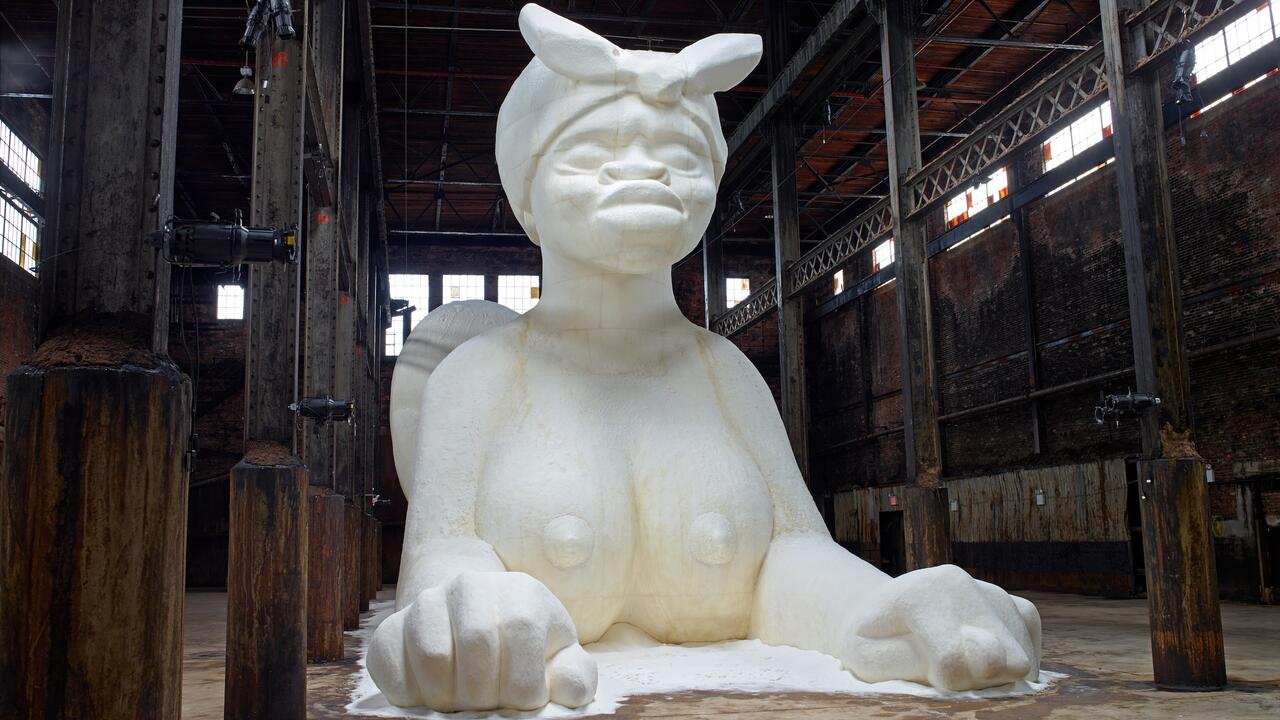Jeff Koons
Whitney Museum of American Art, New York, USA
Whitney Museum of American Art, New York, USA

That smile. Those impeccably tailored suits. The treacly flow of practiced, gee-whiz patter. There’s no question that Jeff Koons is trying to sell us something, and if the thoughtful and thorough retrospective organized by Scott Rothkopf as the Whitney Museum’s farewell bash in the Breuer building (and, surprisingly, Koons’s first major museum show in New York) is any indication, it seems that we have bought it. But outside of the small circle of billionaires who shuffle Koons’s works around the secondary market to reap ungodly bales of profit, there is little consensus on what investing in Koons really means. Have we anointed him the king of power-Pop art, and happily announced a collective celebration of seductive vapidity? Have we found our master ironist, our heir to Warhol? Is he the artist that our era of rampant inequality and obscene ostentation deserves, or its flawlessly fabricated dark mirror? Perhaps both.

As Koons has succeeded in fashioning himself into one of the world’s foremost artist celebrities, it should not be surprising that how people feel about his work is often directly related to how they perceive his persona, which is a potent and seemingly self-contradictory mixture of guilelessness and hucksterism. It has, in fact, become something of a requirement in writing about Koons to come around, at some point, to a variation on the question: ‘Is this guy serious?’ The answer is almost invariably: ‘No.’ Broadly, the lines of argument either take his cult-leader vibe and seemingly spurious assertions that his work is concerned with radical self-acceptance to be a cynical smokescreen obscuring his true desire to get richer than Croesus, or they take him as a consummate performer who has cast himself as a empty vessel of bourgeois blandness, enacting critique through perverse over-identification. I believe both assessments contain at least some grain of truth. At the Whitney, however, looking at decades-worth of objects and paintings whose fabrication is so relentlessly meticulous that it borders on the pathological, I began to find the arguments somewhat lacking. Surely Koons could have made a lunge for fistfuls of cash and driven home some hackneyed point about the blurry line between high and low culture without, say, spending 20 years fussing over the patina of his show-stopping Play-Doh (1994–2014), which debuted here and is one of his best works to date. Other artists have certainly done both with less, and well. Left without a satisfying explanation for this uncanny level of material sumptuousness, I decided to take Koons at his word. As it turns out, doing so explains a lot.

Though Koons’s work has morphed over the years on his journey from the Pop-inflected readymades of his series ‘Inflatables’ (1978–79), ‘Pre-New’ (1979–80), and ‘The New’ (1980–87), to the elaborately fabricated works from more recent series such as ‘Celebration,’ of which Play-Doh is a part, his themes and banter about them have remained remarkably consistent. There’s the incessant sexualization (Koons never misses an opportunity to refer to some aspect of a work as either ‘phallic’ or ‘womb-like’, and assholes – both figurative and literal – are never far behind); the focus on breathing and objects whose form is derived from the air that fills their interiors; his insistence that his work engages with a collective human consciousness of archetypal forms; and his deeply unfashionable belief that art can and should act as a catalyst for transcendence. Around the time of his landmark 1988 series ‘Banality’, which featured outsized tchotchkes rendered lovingly in wood and porcelain by high-end European craftsmen, he also began spouting one of his more flummoxing signature lines of argument. He asserts that his work is concerned with ‘eliminating guilt and shame’ and is about allowing the viewer to accept that ‘their history and their own cultural background are perfect’. This has been a constant staple of his rhetoric ever since. Soon after his divisive series ‘Made in Heaven’ (1989–91), for which he produced a series of billboard-sized paintings and glass sculptures featuring himself engaging in explicit sexual acts with Italian porn star Ilona Staller (also known as La Cicciolina, she later became his wife, briefly, and the mother of his child), he waded into even more outré territory, claiming that ‘when somebody sees my work, the only thing that they see is the Sacred Heart of Jesus’. His use of the same phrase to describe his monumental topiary work, Puppy (1992), and his creation of a gigantic polished-steel Valentine titled Sacred Heart (1994–2007), suggests that it is something never far from his mind.

In light of all this, it would seem that taking Koons seriously is to take him as a kind of spiritual artist, which I think in all sincerity he believes that he is. However, despite his rhetorical feints towards Christianity, which are likely rooted more in his interest in pre-modern religious art than in an unspoken devotion to Jesus Christ, his appears to be an idiosyncratic spirituality that is based on an idea of transcendence achieved through a type of perfection that, like his works themselves, borders on kitsch. Like kitsch, perfection, as Koons posits it, is cheerily monstrous: devoid of the complexities and contradictions of adult psychological life, pristine and unspoilt by rough human hands. When filtered through Koons’s lens, all content – even sex – becomes anodyne. And what is the anodyne if not a relative of the irreproachable, infallibility’s close cousin? Similarly, Koons’s restless search for increasingly breathtaking surface effects can be seen as a quest not simply to bait magpie collectors with more money than sense, but to fashion objects whose material splendour is unassailable, exuding a sense of incorruptibility similar to, say, a marble by Michelangelo. Even money, which clings to Koons’s work like a wet rag, has a place in his odd theology, which is, in many senses, also our own: a magic substance that vows to free us from suffering, not through high-minded ascetic renunciations, but through the promise that all of our desires and insecurities, which spend their days blackmailing us out of happiness, can somehow be paid off.

If this all sounds too good to be true, it’s because it is. But don’t think that Koons is not a doubter, like many who struggle to maintain their faith. His doubt, in fact, was announced from the get-go, with his series ‘The New’, featuring those vacuum cleaners entombed in acrylic reliquaries (New Hoover Convertibles Green, Blue, New Hoover Convertibles, Green, Blue, Doubledecker, 1981–87). He has called these vacuums ‘eternal virgins’ and, it’s true: they remain pristine. They will never age, just as his polished steel balloon dogs will never deflate and his carved wooden flowers will never wilt. But, of course, the second that those vacuums left their boxes, they ceased to truly be new. The new, like the perfect, is an endlessly receding horizon, which will always remain out of reach. It is this gap, between the wished for and the real, in which Jeff Koons’s work truly sits, whether this fact is announced, as with his early works, or hidden under a veneer so saccharine that it beggars belief. Scratch the perfect surfaces and you’ll find what makes his work so sad, and so good.





















